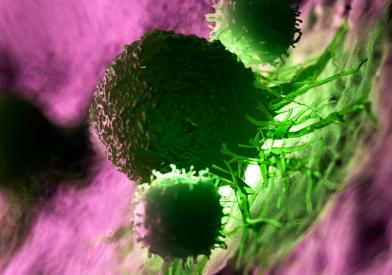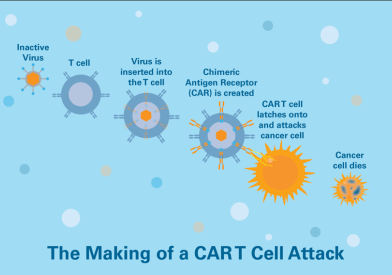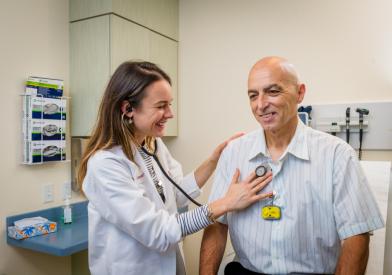Gene therapy treats or prevents disease by changing the genetic instructions within an individual’s cells. When a gene in the body is missing or not working correctly, it can cause disease. Gene therapy aims to correct the gene to treat the disease by:
- Adding a new or modified copy of a gene
- Turning a gene on or off
- Changing a gene, by replacing the part of the gene causing disease with a healthy copy
Types of Gene Therapy
The two main types of gene therapy are gene addition and gene editing. By fixing faulty or missing genes, the body gets the right instructions for developing healthy cells.
Gene Addition
Gene addition inserts a healthy copy of a missing or faulty gene.
Gene Editing
Gene editing changes genetic material in DNA to treat disease.
How Gene Therapy Is Delivered
Gene therapy can be delivered in different ways:
Ex Vivo Gene Therapy
With ex vivo therapy, cells are collected from the patient, modified in a lab with the new or corrected gene, tested, and then infused back into the patient.
In Vivo Gene Therapy
In vivo gene therapy delivers the gene therapy straight into a patient’s cells through an IV.
Diseases Treated With Gene Therapy
Gene therapy has been approved for several conditions. Dana-Farber offers approved gene therapies for:
- Sickle cell disease: for patients 12 years and older with repeated vaso-occlusive crises (VOCs)
- Beta thalassemia: for patients 12 years and older who need regular blood transfusions
Gene Therapy Treatment Process
Gene therapy is specifically made for each patient. The treatment process has many steps and can take up to a year to complete. Patients will be in the hospital at different times throughout the process.
- Meeting with a Dana-Farber doctor: Patients meet with a doctor to determine if gene therapy is right for them. We will explain the process and discuss the risks, side effects, and benefits of gene therapy.
- Cell collection: We collect millions of a patient’s stem cells through a process called apheresis.
- Cell/gene modification: After the patient’s stem cells are collected, we send the cells to a special lab that inserts the new genetic material to help the body produce the healthy blood cells it needs. This process can take up to 6 months as the gene therapy is made and tested.
During this time, patients will be at home and receiving care from their current hematologist if needed. When the cells return with the gene modification, the treatment process continues.
- Hospital admission: Patients are admitted to the hospital to prepare for and receive their modified stem cells.
- Chemotherapy conditioning treatment: Patients receive chemotherapy conditioning to make room in the bone marrow for the modified stem cells to be inserted and to grow and expand.
- Cell infusion: After chemotherapy, patients receive the stem cells with the modified gene through an IV.
- Recovery: Patients remain in the hospital while their cells are engrafted. Engraftment is the process in which the modified stem cells begin producing the healthy red and white blood cells and platelets the body needs. Most patients stay in the hospital for 21 to 28 days, depending on how long it takes for their blood counts to recover while receiving their modified stem cells.
- Follow-up appointments: Patients have follow-up appointments with their Dana-Farber doctor. These appointments happen weekly at first but occur less often as time passes. Patients continue to see their Dana-Farber care team for many years so we can watch for any complications from the gene therapy.




